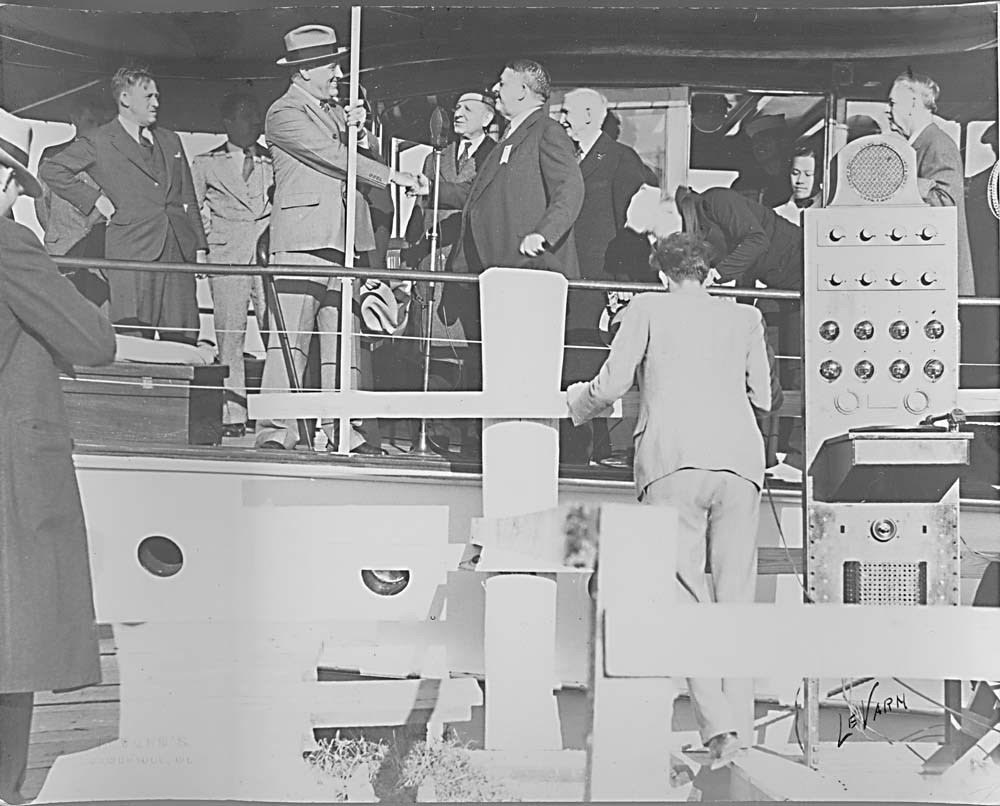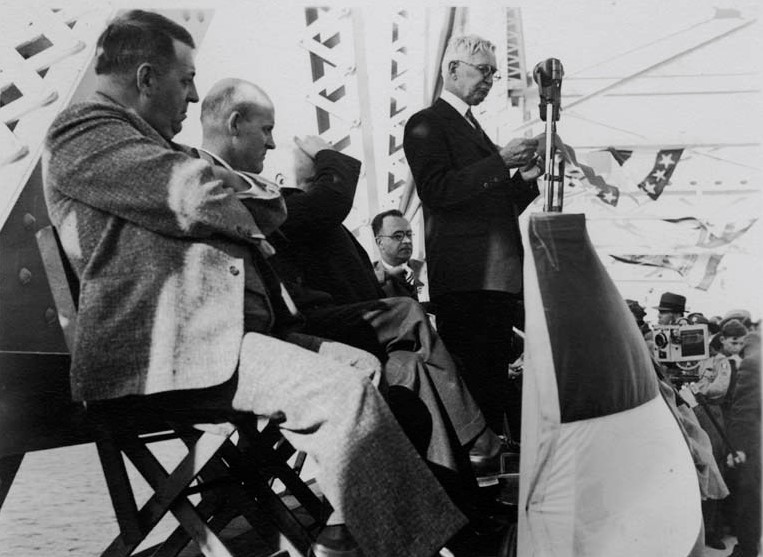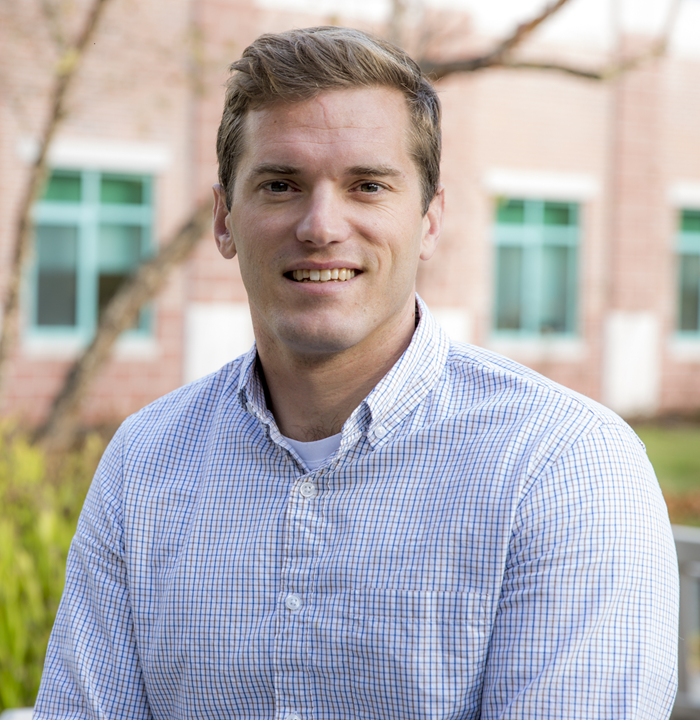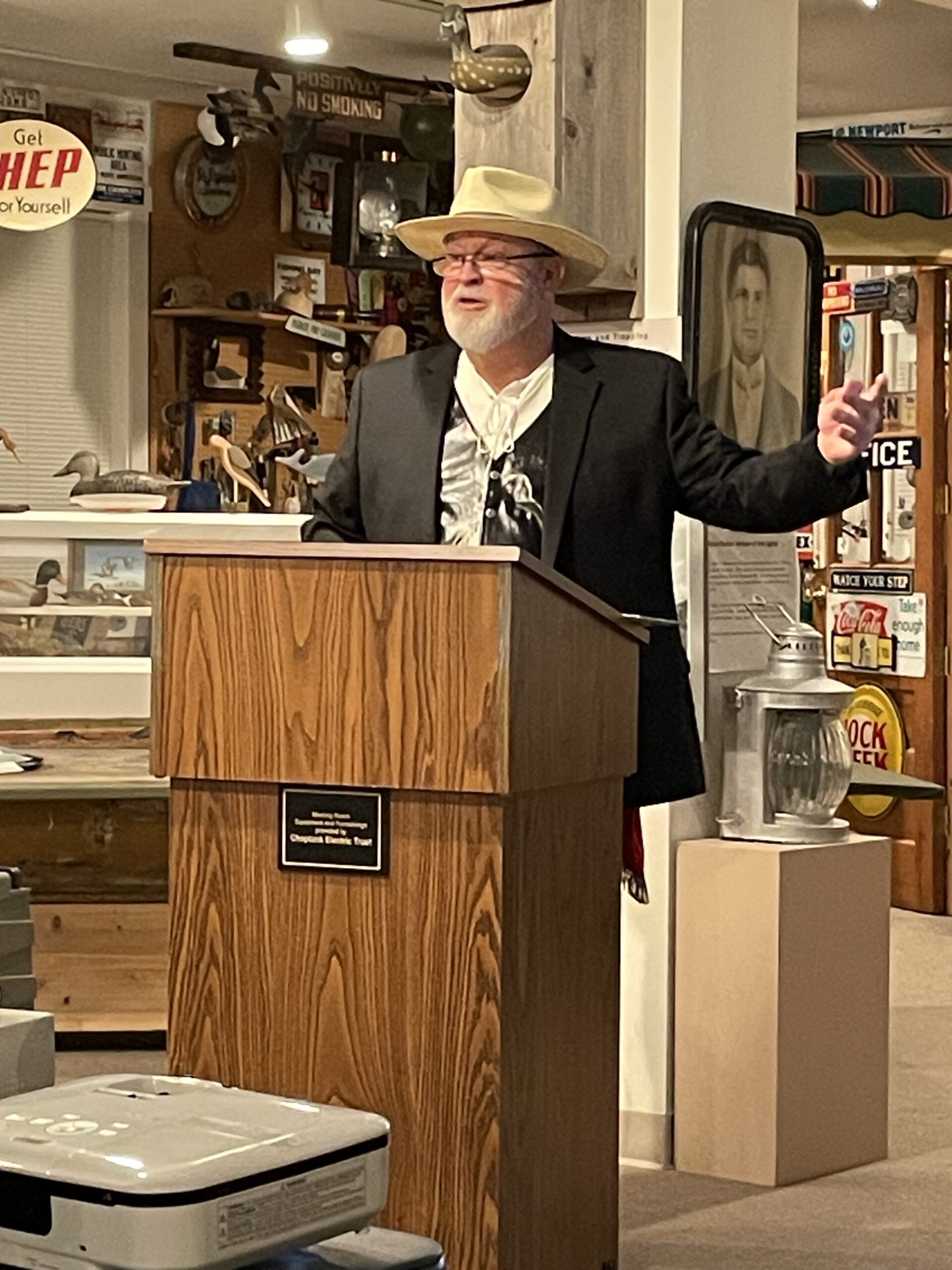On March 22, the political groups Cambridge Indivisible and Eastern Shore Indivisible held a “People’s Town Hall” for a packed house in the Mace’s Lane Middle School gymnasium. In response to Congressional Representative Andy Harris’ refusal to participate in an in-person event with constituents, this gathering featured Democratic Congressman Jamie Raskin of Montgomery County. Raskin made a speech without notes before the very friendly and lively crowd and then listened to a few personal stories of attendees before answering some questions from the audience.
“I know I was not your first choice,” Raskin began, “but I heard your congressman couldn’t quite squeeze you in today.”
He continued, “I keep hearing my Republican colleagues talking about paid protesters. Is anybody out there being paid to be here today?”
The crowd yelled, “No!”
“Well,” said Raskin, “what’s interesting to me is that the people who are showing up are not paid protesters, but the people who are not showing up are paid politicians.”
He explained that town halls are supposed to be for representatives to report on what they’ve been doing and then listen to the constituents. He said he wouldn’t have shown up for the event if he’d been in Washington voting against Medicaid and trying to dismantle the government, alluding to the absent Harris.
Raskin went on to ridicule Donald Trump’s recent State of the Union address as a “seven-hour Fidel Castro style speech,” during which Trump accused NIH of spending $8 million on developing “transgender mice.” Raskin said he’d looked up the project to find that they were “transgenic mice” (injected with DNA).
“My friends,” he said, “we are being governed by morons.”
Every aspect of the US Constitution is under attack by President Trump and his associate Elon Musk, claimed Raskin. So, he announced he would give a “refresher course into the Constitution because America needs it.” After reciting the preamble, Raskin discussed Article I and the powers of Congress, including to raise taxes and armies, levy tariffs, and regulate immigration. Then, he went to Article II, the most important part of which is how to impeach a president.
“The core job of the president is simple: to take care that the laws are faithfully executed,” said Raskin, who then addressed Trump with “Do your job!”
The congressman then talked about current court cases brought against the Trump Administration and Elon Musk’s Department of Government Efficiency. These included the attack on birthright citizenship, freezes on funding, the attempt to close the Consumer Financial Protection Bureau, and the collection of Social Security data. Raskin said that most Americans oppose authoritarianism and that they should stand up for women’s reproductive rights, the LGBTQ community, and freedom of speech.
Raskin threw out a number of quips and quotable lines, including “A rally a day keeps the fascists away,” “In this age of artificial intelligence, we need some intelligence,” and “Elon Musk may be the richest man in the world, but he doesn’t own the American people.”
After his speech, he took some questions, such as “What can we do to fight?” and “What can we do to make the Democratic Party cool again?” (Raskin’s responses: Start by getting your data back from Elon Musk and reach out to young people.) Toward the end, a woman asked Raskin if he would ever run for president, and he answered that he would do whatever the people asked of him.
The video (with thanks to Rick Hughes) is approximately 30 minutes in length.
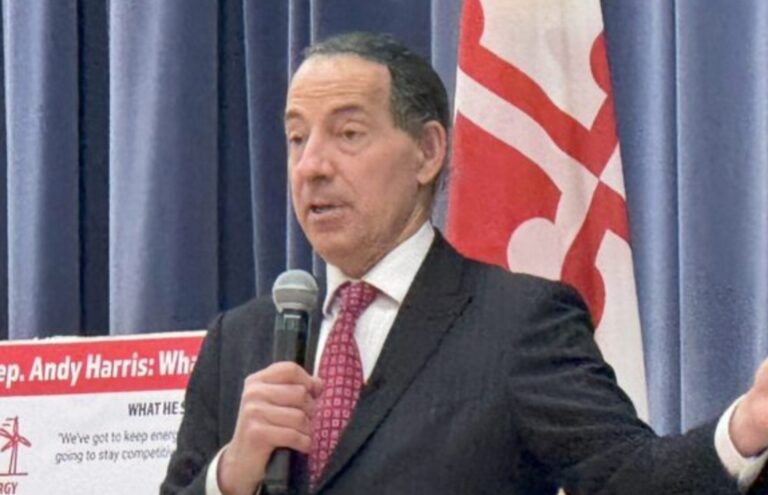










 But something more has inspired Swift here, and there are various theories. First, though, a little background on the subject is in order.
But something more has inspired Swift here, and there are various theories. First, though, a little background on the subject is in order.
